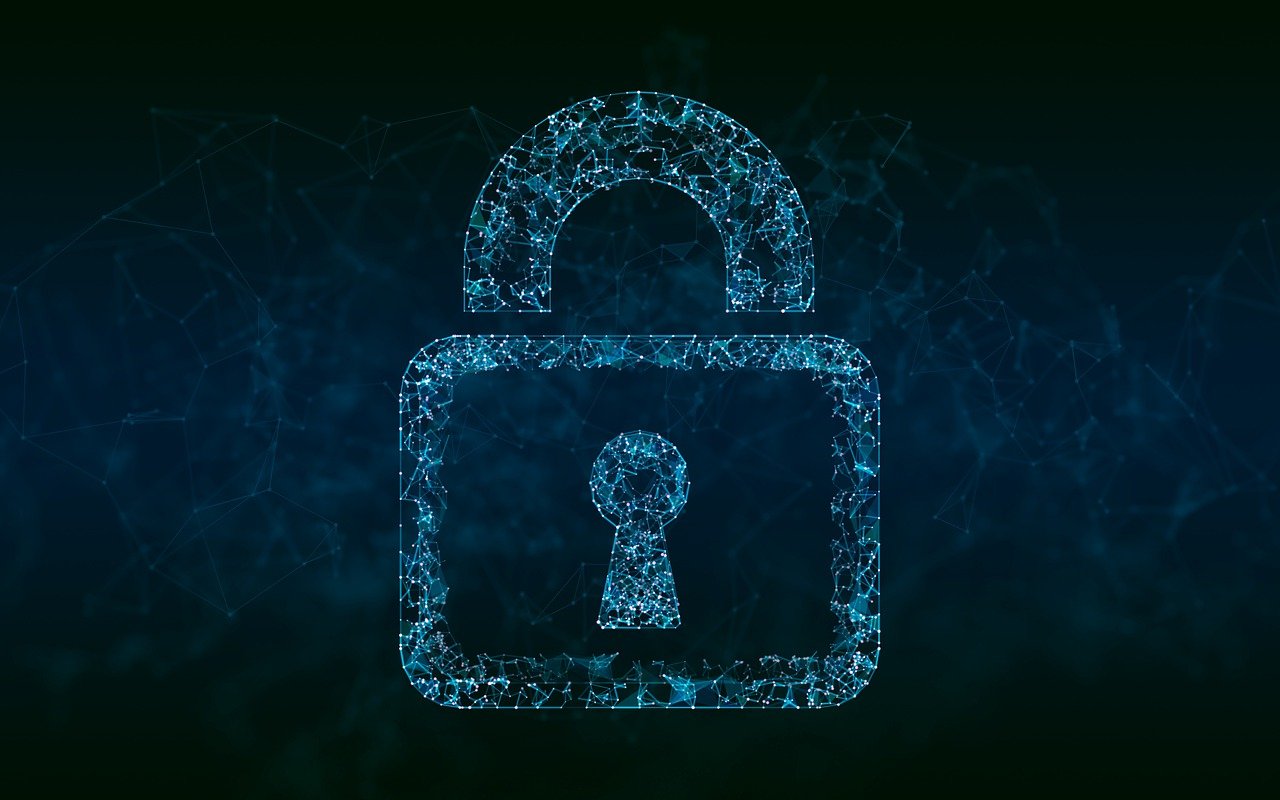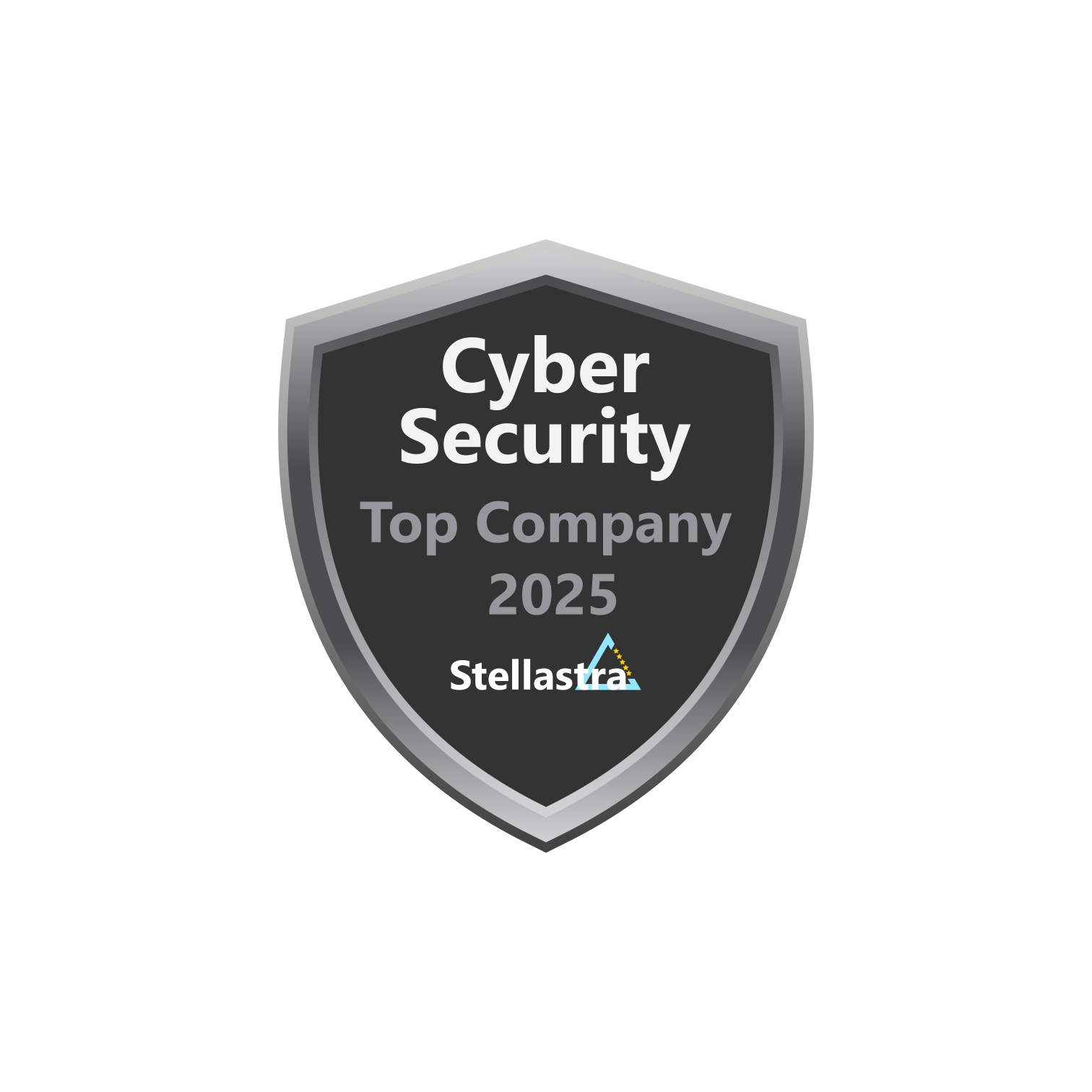· 9 min read
What is a Chief Information Officer (CIO) in Cyber Security?
Learn about the definition of a Chief Information Officer (CIO) and their roles and responsibilities.

Organizations are increasingly dependent on information technology to support their business operations and drive competitive advantage. At the epicenter of this revolution is the Chief Information Officer (CIO), a strategic leader responsible for ensuring that an organization leverages technology effectively and securely. While the title of Chief Information Officer is prevalent across various sectors, in the realm of cybersecurity, the role takes on added significance. This article explores what a Chief Information Officer (CIO) in cyber security entails, detailing the CIO’s functions, contemplating whether the title could interchange with Chief Information Technology Officer (CITO), and elucidating the chief information officer roles and responsibilities.
What is a Chief Information Officer (CIO)
A CIO in any capacity is charged with the strategic and operational oversight of a company’s information technology initiatives. This role involves a blend of managing resources, aligning IT strategies with business goals, and fostering innovation. In the specific context of cyber security, however, the position assumes a critical mantle, given the ever-present and increasing threats posed by cyber adversaries.
Cyber security is no longer just a technical issue handled by a dedicated team of experts; it is a strategic business concern that requires executive level foresight and intervention. A CIO focused on cyber security not only oversees the internal technology infrastructure but also works hand in hand with security teams to ensure the organization’s digital assets are protected from breaches, data theft, and other malicious activities.
Could the Chief Information Officer Also Be a Chief Information Technology Officer?
Often, within organizations, there may be some confusion or overlap between the roles and titles of a Chief Information Officer (CIO), a Chief Information Technology Officer (CITO), and a Chief Information Security Officer (CISO), with larger organizations separating the duties and responsibilties into separate jobs. While both positions focus heavily on leveraging technology, their core responsibilities may vary slightly depending on the organization’s size, structure, and industry.
The CIO is typically seen as a strategic leader, focusing on how technology can be utilized to achieve business objectives, improve processes, and innovate from a broader perspective. Meanwhile, the Chief Information Technology Officer might be more involved in the specific technical and operational aspects, dealing with the architecture, deployment, and maintenance of IT systems.
In cyber security, a CIO might indeed assume many of the responsibilities often attributed to a CITO, especially in smaller organizations where the executive team wears multiple hats. This dual capacity optimizes the organization’s technological resilience by ensuring security is embedded into every aspect of the IT infrastructure.
Chief Information Officer Roles and Responsibilities in Cyber Security
The chief information officer roles and responsibilities in cyber security are broad and evolving in tandem with the rapid pace of technological advancements and the escalating threat landscape. Understanding these roles is crucial for appreciating how organizations safeguard their digital realms.
1. Strategic Planning and Governance
One of the primary responsibilities of a CIO in cyber security is to develop and implement IT strategies that align with the organization’s business goals while ensuring security is at the forefront. This involves setting policies, frameworks, and standards to manage risks and compliance. The CIO leads efforts in defining cyber security policies that mitigate risks while fostering business opportunities.
2. Risk Management
A core aspect of the CIO job description in cyber security is risk management. This includes identifying potential cyber threats and vulnerabilities within the organization’s IT systems and developing comprehensive risk management strategies. CIOs are instrumental in implementing measures that mitigate identified risks, ensuring the organization can prevent, detect, respond to, and recover from cyber incidents effectively.
3. Data Protection and Privacy
Given the exponential growth of data and the corresponding risks it entails, CIOs are responsible for ensuring that robust data protection strategies are in place. Data breach prevention, data encryption, and adherence to data protection regulations and standards such as GDPR or CCPA fall under their purview. The CIO ensures that the organization adopts best practices in data privacy, safeguarding sensitive information from unauthorized access.
4. Driving Innovation
The CIO is not merely a defender against threats; they are also a catalyst for innovation. By understanding the latest advancements in cyber security technology, they lead initiatives to incorporate innovative solutions that enhance security without impeding business operations. Whether through artificial intelligence, machine learning, or advanced analytics, CIOs champion the adoption of forward-looking technologies that position the company for a secure future.
5. Building a Cyber-Savvy Culture
A significant part of the CIO responsibilities involves fostering a culture of cyber awareness across the organization. This includes conducting regular training sessions, rolling out awareness campaigns, and ensuring that every employee understands their role in the organization’s cyber security posture. Building a cyber-savvy workforce is crucial for mitigating risks originating from insider threats or accidental breaches.
6. Incident Response and Crisis Management
Despite the preventive measures, cyber incidents can and do occur. Here, the CIO’s role in incident response and crisis management becomes crucial. They oversee the development of incident response plans and crisis management strategies to ensure swift and effective actions when a breach occurs. The CIO coordinates with different departments and external stakeholders to manage the incident’s impact on the organization.
Key Differences Between CITO and CTO
1. Strategic vs. Technical Focus
While both the CITO and CTO are pivotal in guiding an organization’s technology strategy, their primary focus differs.
Chief Information Technology Officer (CITO): Typically, a CITO is more aligned with the internal technological infrastructure of an organization. This role is primarily concerned with the maintenance, management, and enhancement of the company’s IT systems. The CITO ensures that the organization’s existing technology supports current business objectives efficiently and securely. Their focus tends to be more on operations, architecture, and integrating IT solutions to facilitate optimal business processes.
Chief Technology Officer (CTO): On the other hand, a CTO often focuses on the technological vision and the overall technological architecture, looking outward toward innovation and the deployment of new technologies. This role involves assessing emerging tech trends and figuring out how these developments can be leveraged to advance the company’s competitive edge. CTOs are typically more engaged in product development, innovation ecosystems, and ensuring that technology initiatives align with long-term business strategies.
2. External vs. Internal Orientation
CITO’s Internal Orientation: The Chief Information Technology Officer is usually more concerned with internal processes. From overseeing IT operations to implementing enterprise systems, the CITO ensures that tools, applications, and networks run smoothly for employees and business units. Their responsibilities include IT governance, compliance, and aligning IT services with organizational needs, placing a significant emphasis on security, especially within the cybersecurity context.
CTO’s External Orientation: In contrast, a Chief Technology Officer explores how technology can be utilized to enhance customer-facing products and services. The CTO’s role often overlaps with marketing and product teams to innovate based on customer demands and market trends. This role requires an understanding of the market and competition, using technology to foster business growth and customer satisfaction. For example, the chip giant Qualcomm’s CTO leads the company’s R&D.
3. Leadership and Collaboration
CITO Leadership Role: A Chief Information Technology Officer often leads IT departments, ensuring that the team’s objectives are in line with business operations. They work closely with other executives to align IT goals with broader corporate strategies. As cybersecurity becomes more crucial, CITOs must collaborate with Chief Information Security Officers (CISOs) and security teams to develop resilient defense strategies and incident response plans.
CTO Leadership Role: A Chief Technology Officer typically leads innovation projects and may head R&D initiatives. Their collaboration extends beyond internal operations to include partnerships with external tech firms and startups, fostering a culture of innovation and experimentation. CTOs engage with cross-departmental teams to integrate technological advancements into core business competencies.
Overlapping Responsibilities
Despite their distinct focuses, there can be overlaps between the roles of CITO and CTO, especially in areas concerning:
Technology Strategy Alignment: Both leaders ensure that technology initiatives align with business objectives, albeit from different perspectives—operational efficiency versus innovation and growth.
Security Considerations: Given the rising importance of cybersecurity, both CITO and CTO must consider security implications in their respective focuses. The CITO ensures robust internal defenses, while the CTO integrates security within new product and service offerings.
Digital Transformation: With digital transformation being a top priority for many businesses, both roles must collaborate to implement comprehensive strategies that incorporate emerging technologies like cloud computing, AI, and IoT, effectively enhancing operational efficiencies and customer experiences.
CIO vs. IT Director
1. Hierarchical Differences and Organizational Impact
CIO Hierarchical Position: Typically, a CIO occupies a higher hierarchical position compared to an IT Director. As senior executives, CIOs are part of the C-suite, sitting on the strategic decision-making table, where they influence long-term business goals and technological vision.
IT Director Positional Dynamics: IT Directors often report to the CIO and are responsible for implementing the CIO’s strategic directives. They ensure the execution of plans within the IT department, translating high-level strategies into operational tasks and managing their successful implementation. In a smaller organization, the title of IT Director might be used in lieu of CIO.
2. Strategic Integration vs. Departmental Leadership
Strategic Integration (CIO): The CIO’s responsibility lies in integrating IT into the fabric of the business strategy, ensuring technology be a driver and an enabler of change and innovation. They focus on capability development across the business, guiding digital transformation efforts.
Departmental Leadership (IT Director): The IT Director’s leadership is more focused on leading the IT department staff and managing resources effectively to meet operational targets. Their role is embedded within the execution layer, translating the strategic objectives into technological implementations.
Conclusion
While the Chief Information Technology Officer (CITO) and Chief Technology Officer (CTO) both hold essential positions within an organization’s technology landscape, their approaches and focus areas differ significantly. The CITO is predominantly internally focused, ensuring that IT infrastructure supports daily operations securely and efficiently. Meanwhile, the CTO has a forward-looking, external focus, leveraging technology to drive innovation and competitive advantage.
All these roles are vital to navigating the complexities of today’s digital environment, particularly within the realm of cybersecurity, where an organization’s IT strategy must seamlessly blend operational integrity with innovative technological advancements to thrive and secure its posture in an ever-evolving ecosystem. Understanding this dynamic can help organizations better allocate resources and harness the talents of both positions to maximize technological impact and sustain growth.

